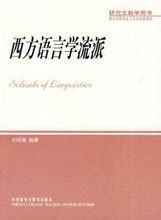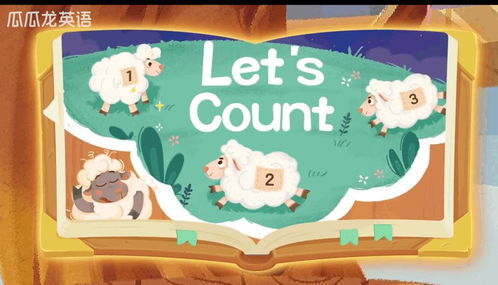文学流派的英文
Title: Literary Genres and Movements in English Literature
Literature encompasses a wide range of genres and movements, each representing unique styles, themes, and artistic techniques. In English literature, various literary genres and movements have emerged over the centuries, contributing to the rich tapestry of literary expression. Let's explore some of the prominent ones:
1.
Romanticism:
A literary movement characterized by a focus on emotions, individualism, nature, and the supernatural.
Key figures include William Wordsworth, Samuel Taylor Coleridge, and Lord Byron.
2.
Realism:
A genre that aims to depict everyday life and society as it truly is, without idealization or romanticism.
Prominent realist authors include Charles Dickens, George Eliot, and Thomas Hardy.
3.
Victorian Literature:
Refers to the literature produced during the reign of Queen Victoria (18371901).
Addressed social, political, and economic issues of the time, often with a moralistic tone.
Notable works include those by Charles Dickens, the Brontë sisters, and Alfred Lord Tennyson.
4.
Modernism:
A movement that emerged in the early 20th century, marked by a break from traditional forms and conventions.
Modernist writers sought to capture the complexities of modern life, often through fragmented narratives and streamofconsciousness techniques.
Notable modernist authors include T.S. Eliot, Virginia Woolf, and James Joyce.
5.
Postmodernism:
A literary movement that arose after World War II, characterized by a skepticism of grand narratives, a blurring of fiction and reality, and a selfreferential awareness.

Authors such as Thomas Pynchon, Margaret Atwood, and Salman Rushdie are associated with postmodernist literature.
6.
Gothic Fiction:
A genre known for its use of the macabre, atmosphere, and melodrama, often featuring elements of horror, death, and the supernatural.
Notable Gothic writers include Mary Shelley, Edgar Allan Poe, and Bram Stoker.
7.
Beat Generation:
A literary movement of the 1950s that rejected societal norms, embraced spontaneity, and explored themes of freedom, spirituality, and nonconformity.
Prominent figures include Jack Kerouac, Allen Ginsberg, and William S. Burroughs.
8.
Feminist Literature:
Represents works that advocate for gender equality and often explore the experiences of women in society.
Notable feminist writers include Virginia Woolf, Toni Morrison, and Margaret Atwood.
9.
Magical Realism:
A genre that blends realistic narrative with magical elements, often set in Latin American contexts.
Writers such as Gabriel García Márquez and Isabel Allende are known for their contributions to magical realism.
10.
Dystopian Fiction:
Focuses on imagined societies characterized by oppression, suffering, and often a loss of individual freedoms.
Notable examples include George Orwell's "1984" and Aldous Huxley's "Brave New World."
These literary genres and movements represent just a glimpse of the diverse landscape of English literature. Each one has contributed unique perspectives and themes to the broader literary tradition, reflecting the everevolving nature of human expression and creativity.
Whether you are studying literature, seeking reading recommendations, or exploring new genres, these categories provide a starting point for delving into the rich tapestry of English literary history.












评论